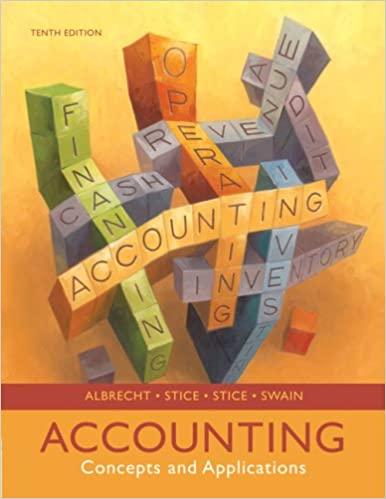Sally owns real property for which the annual property taxes are $14,380. She sells the property to Kate on April 2, 2020, for $719,000. Kate
Sally owns real property for which the annual property taxes are $14,380. She sells the property to Kate on April 2, 2020, for $719,000. Kate pays the real property taxes for the entire year on October 1, 2020.
Fill in the blanks.
Assume a 365-day year. Round any division to four decimal places. Round your final answers to the nearest dollar.
a. How much of the property taxes can be deducted by Sally and how much by Kate?
Sally can deduct $_______ and Kate can deduct $_______ of the property taxes.
b. What effect does the property tax apportionment have on Kate's adjusted basis in the property?
Kate's adjusted basis for the property is increased by the $__________ she paid that is apportioned to Sally.
c. What effect does the apportionment have on Sally's amount realized from the sale?
Sally paid none of the real property taxes and is permitted to deduct the apportioned share of $__________. Her amount realized is increased by this amount.
d. How would the answers in parts (b) and (c) differ if Sally paid the taxes?
If Sally paid the taxes, Sally's amount realized would be $_________. Kate's adjusted basis would be $____________.
Step by Step Solution
There are 3 Steps involved in it
Step: 1

See step-by-step solutions with expert insights and AI powered tools for academic success
Step: 2

Step: 3

Ace Your Homework with AI
Get the answers you need in no time with our AI-driven, step-by-step assistance
Get Started


